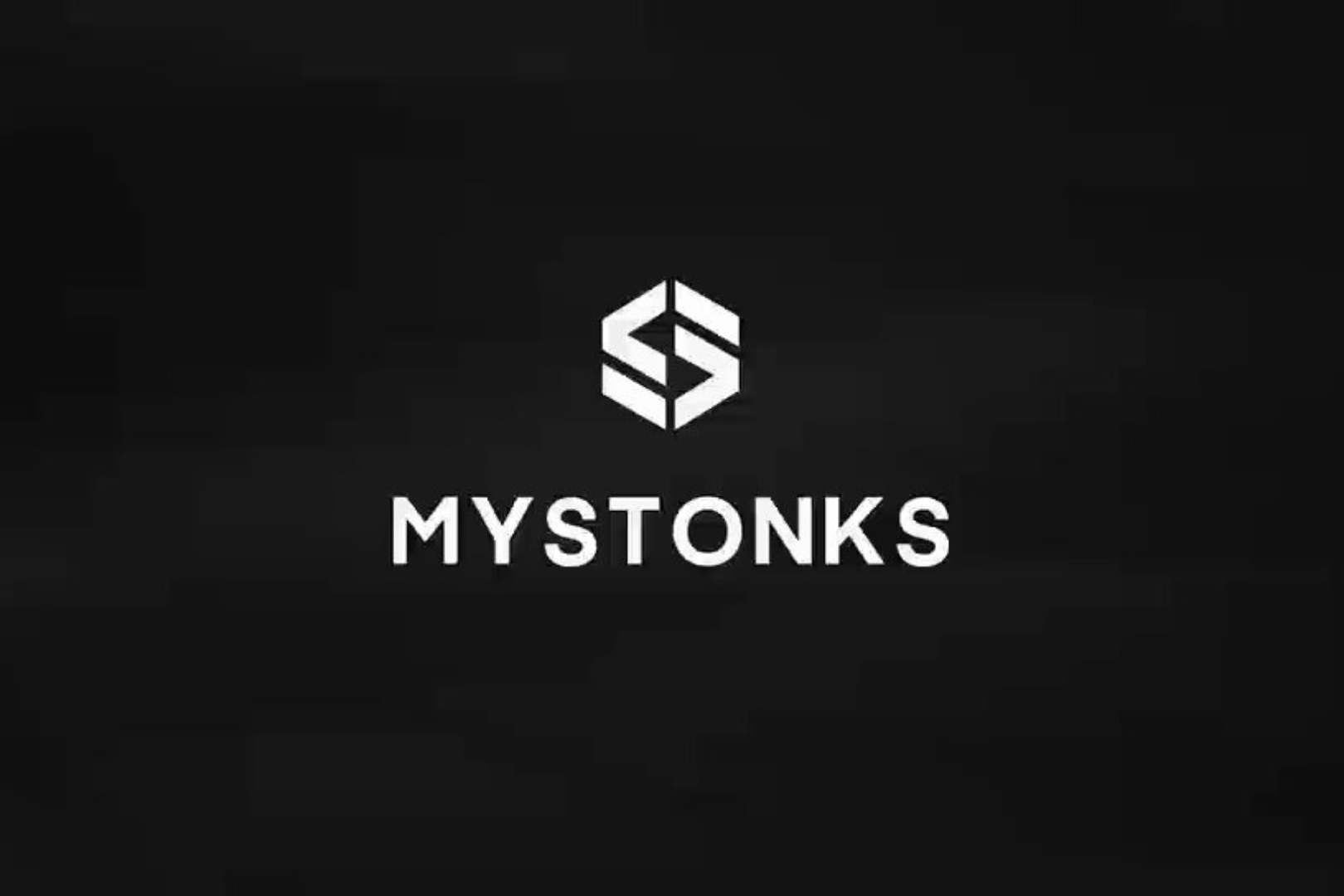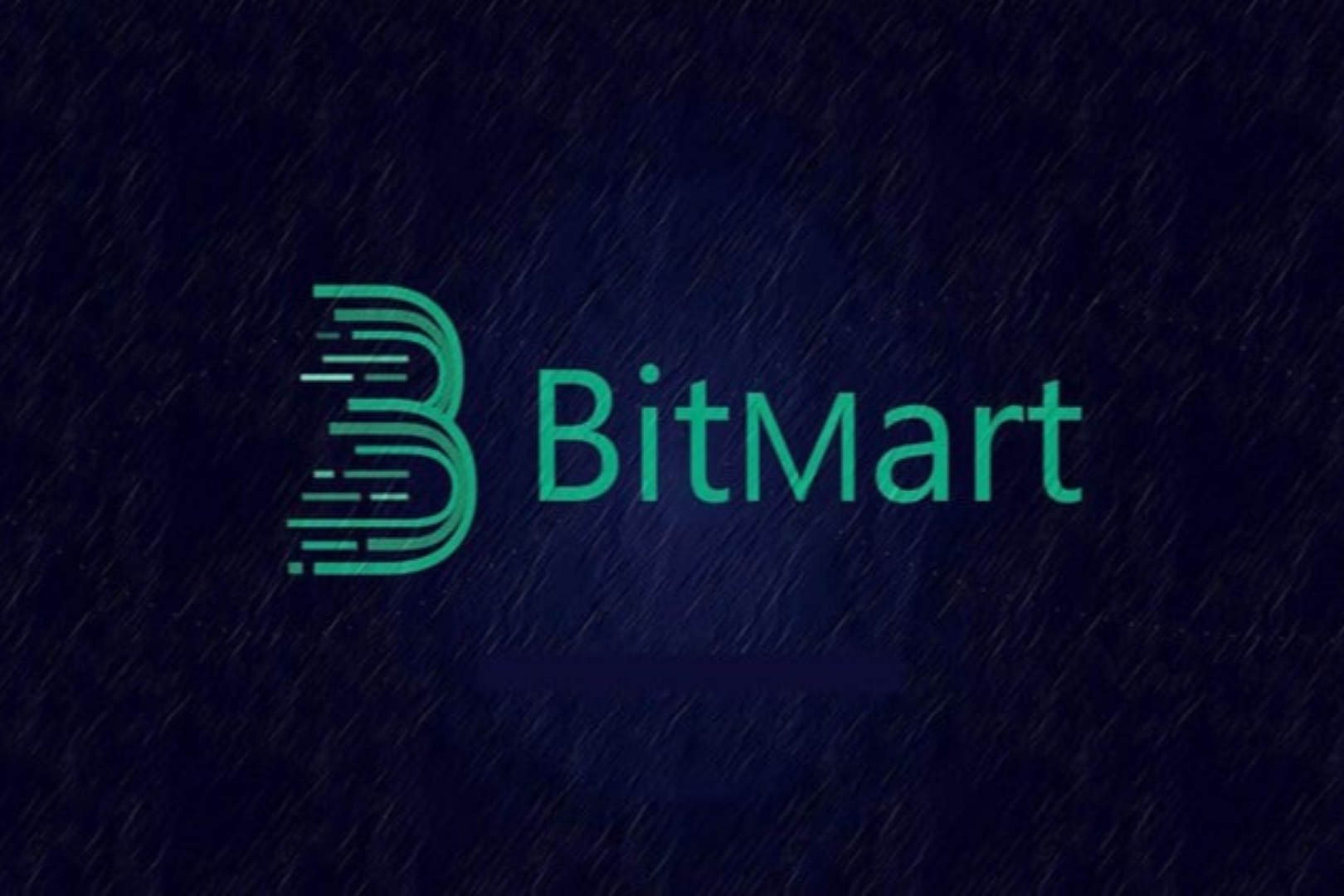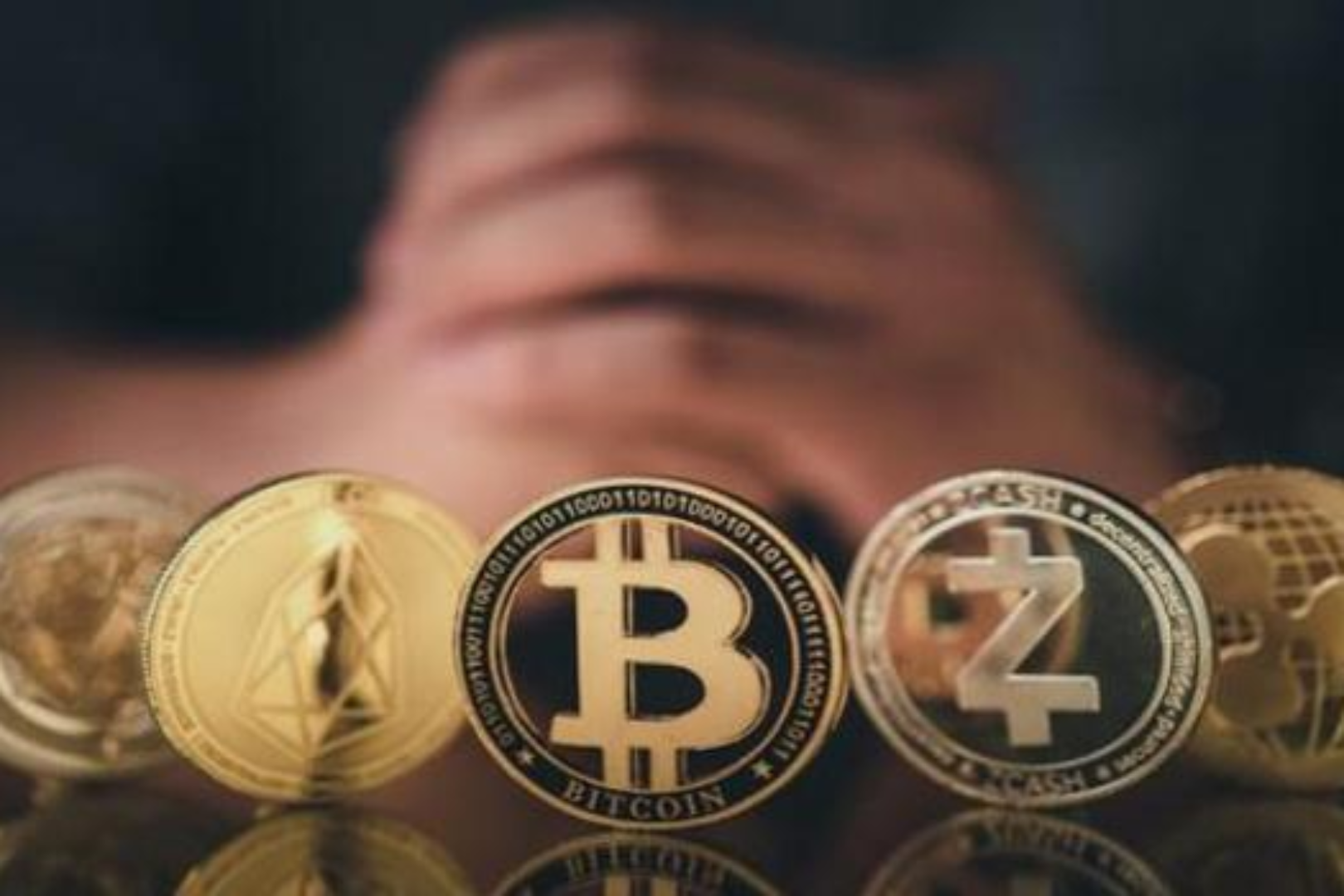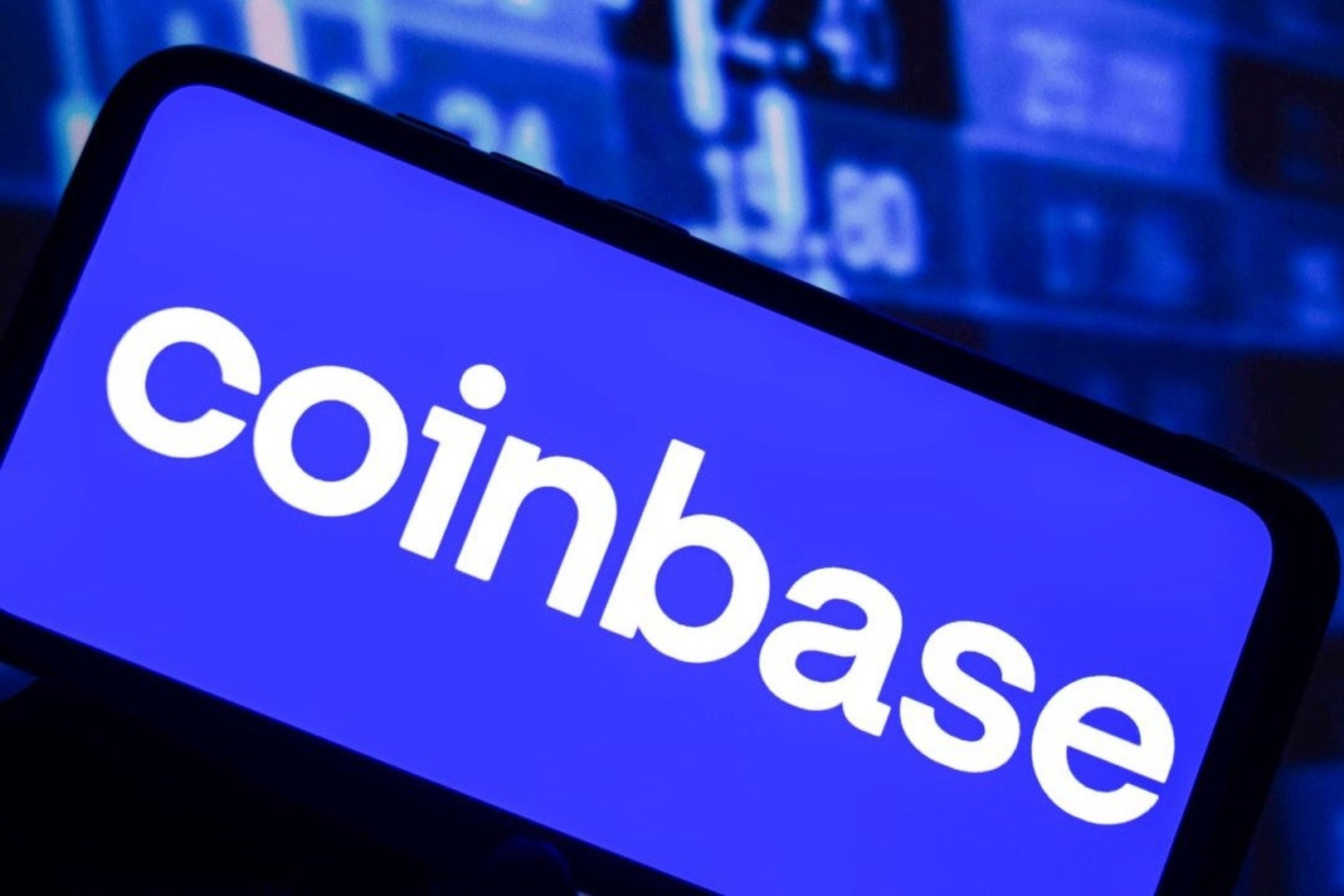Editor's Note: This article comes fromChain News ChainNews (ID: chainnewscom)Editor's Note: This article comes from
Chain News ChainNews (ID: chainnewscom)
Chain News ChainNews (ID: chainnewscom)
, Written by Andrew Steinwold, Partner at Polynexus Capital, a cryptocurrency investment fund, and founder of NFT podcast Zima Red, published with permission.
The most common commercial profit method in the non-homogeneous token NFT ecosystem is to sell NFT. This business model was the obvious choice as there always seemed to be an insatiable demand for virtual goods and it worked well, but I wanted to explore new ways for NFT businesses to generate more revenue.
Selling NFTs Directly
Let’s start by talking about selling NFTs directly to users, which, as I mentioned, is the most common way for startups in the NFT space to make money. Even large video game publishers derive most of their revenue from selling digital goods to users. Epic Games' free-to-play Fortnite brought in a whopping $4.2 billion in 2019, much of it from selling fully digital products called "skins." Although selling NFT directly to users is a way to make money at present and in the foreseeable future, blockchain technology brings more economic opportunities. Let's examine other ways gaming companies can earn revenue.
Secondary market transaction fee
Game developers can earn money from the secondary market transactions of the items they develop. For example, developers on OpenSea, known as "blockchain game eBay", can set secondary market sales commissions, ranging from 0-99%, but there is a clear line. If secondary market fees are too high, users will be incentivized to bypass them and sell privately to each other.
Transaction fees in the game's internal economy
In essence, charging transaction fees from the game's internal economy to generate revenue is also a secondary market fee model, but it focuses on user-generated NFTs. For example, in the virtual world of Cryptovoxels, users can create their own accessories called "wearable devices". This economy and market is completely native to the game, so Cryptovoxels developers can collect a small transaction fee from every time users buy and sell these digital goods within the game.
In the NFT space today, transaction fees from within games represent only a small fraction of the overall economy, making it difficult for companies to generate significant revenue from them. However, once the NFT world grows and sits on millions of users, this type of transaction fee could have a significant impact on business revenue.
DeFi model
DeFi stands for "Decentralized Finance", and it has been quite hot recently. Here I use DeFi as a general term for many business models that use encrypted tokens or DeFi protocols.
Governance Tokens: Game developers can earn money by selling governance tokens to community members. I find the idea of launching a governance token for a game or virtual world very exciting. You've probably played the game many times and told yourself, "I wish they would create feature X". Well, with governance tokens, dreams can become reality. Users holding these tokens will be able to vote on new features and even propose new features to be built. Voting power is currently proportional to the number of governance tokens held, but perhaps we will see interesting governance models emerge, such as quadratic voting.
The main disadvantage of the governance token business model is that it is less sustainable. Game developers may create a fixed amount of governance tokens, and one day the revenue generated from selling governance tokens will drop to zero. Perhaps the best way to adopt this model is for developers to sell governance tokens over an extended period of time while retaining a significant portion of their own equity: thus development teams are incentivized to continue executing on their vision, as doing so will increase their stake the value of the coin.
Revenue Sharing Tokens: Game developers can also launch tokens with revenue sharing features. For example, a virtual world platform could launch a revenue-sharing token that would receive 50% of in-game transaction fees, while the other 50% would go to game developers. This incentivizes both parties to actively increase in-game economic activity. Suddenly all users will be evangelists for the game, encouraging other users to join in and create goods and services. Since this token model is clearly a security, there are regulatory considerations to consider. But I still hope to see this token model work soon.
Subscription: Finally, there is a DeFi subscription model, in which users invest crypto assets into a DeFi protocol or pool, and the resulting proceeds are provided to game developers. For example, a user can put 100 DAI into the money market protocol Compound, and the income (currently about 3% APR) can be given to the game developer.
Another business model where game developers are more involved is when game developers launch their own staking service, which users must use in order to play the game. I can imagine: game developers requiring users to stake XTZ, the native token of the Tezos protocol, or ETH when Ethereum 2.0 is launched. Likewise, all proceeds will go directly to game developers as compensation for users playing games. When users are done playing, they can unlock XTZ or ETH etc. - meaning they didn't actually spend a dime! For a game with only 100 users, this type of business model will generate little revenue, but as users grow, revenue will increase accordingly.
Native tokens: Of course, NFT projects can also directly launch their own tokens as their business model. They may require that only this token can be used to purchase all assets in the game/virtual world, and there is a use case for this token. Game development teams can also enforce staking in a certain way. This type of native token model may become more popular in the NFT ecosystem as DeFi demonstrates to users and developers that such native tokens work.
more esoteric gameplay
Let's explore some more unexpected ways that development teams can generate revenue.





